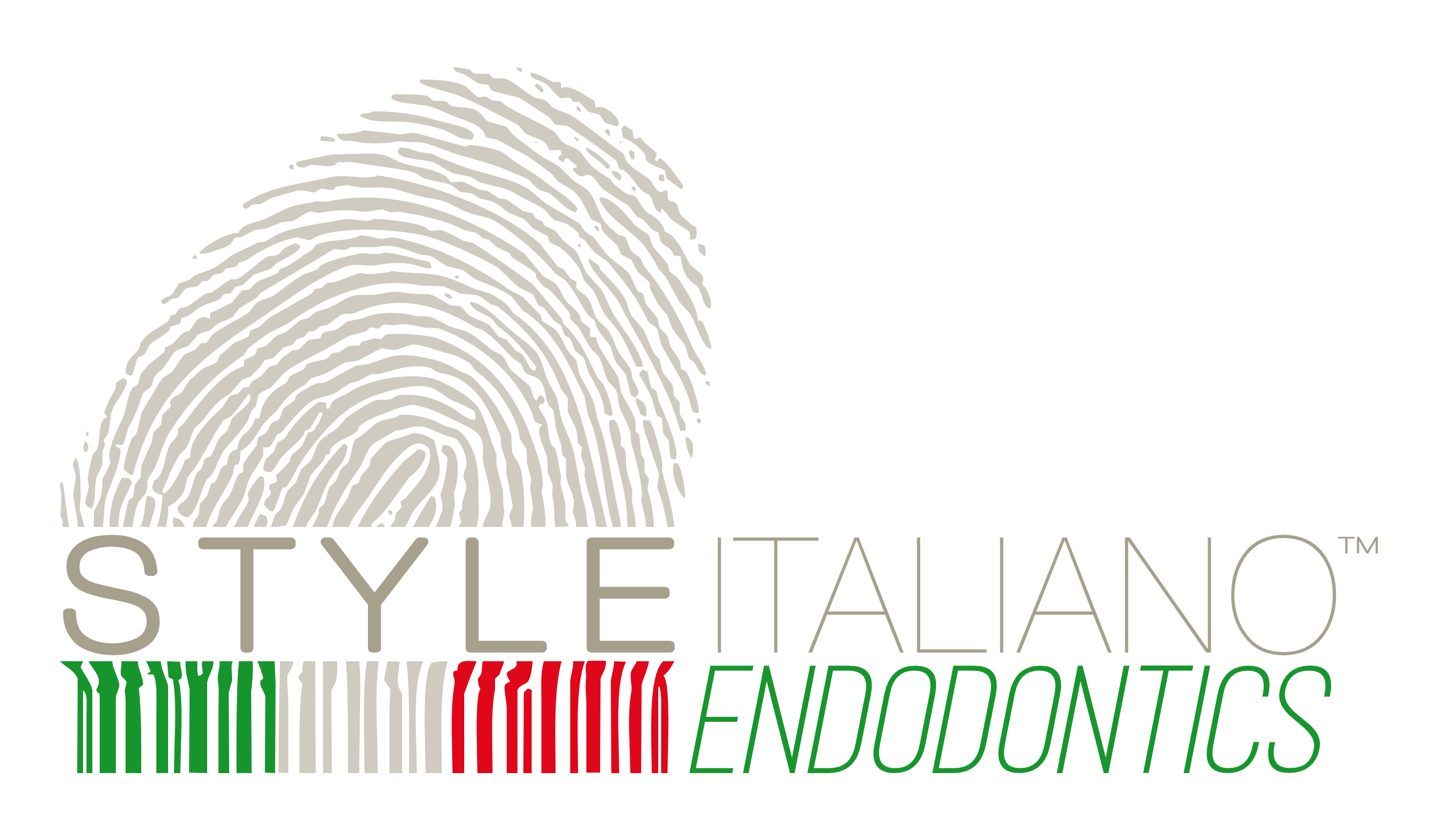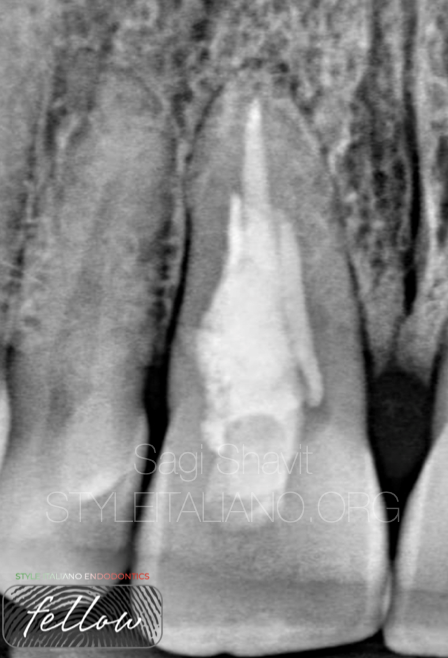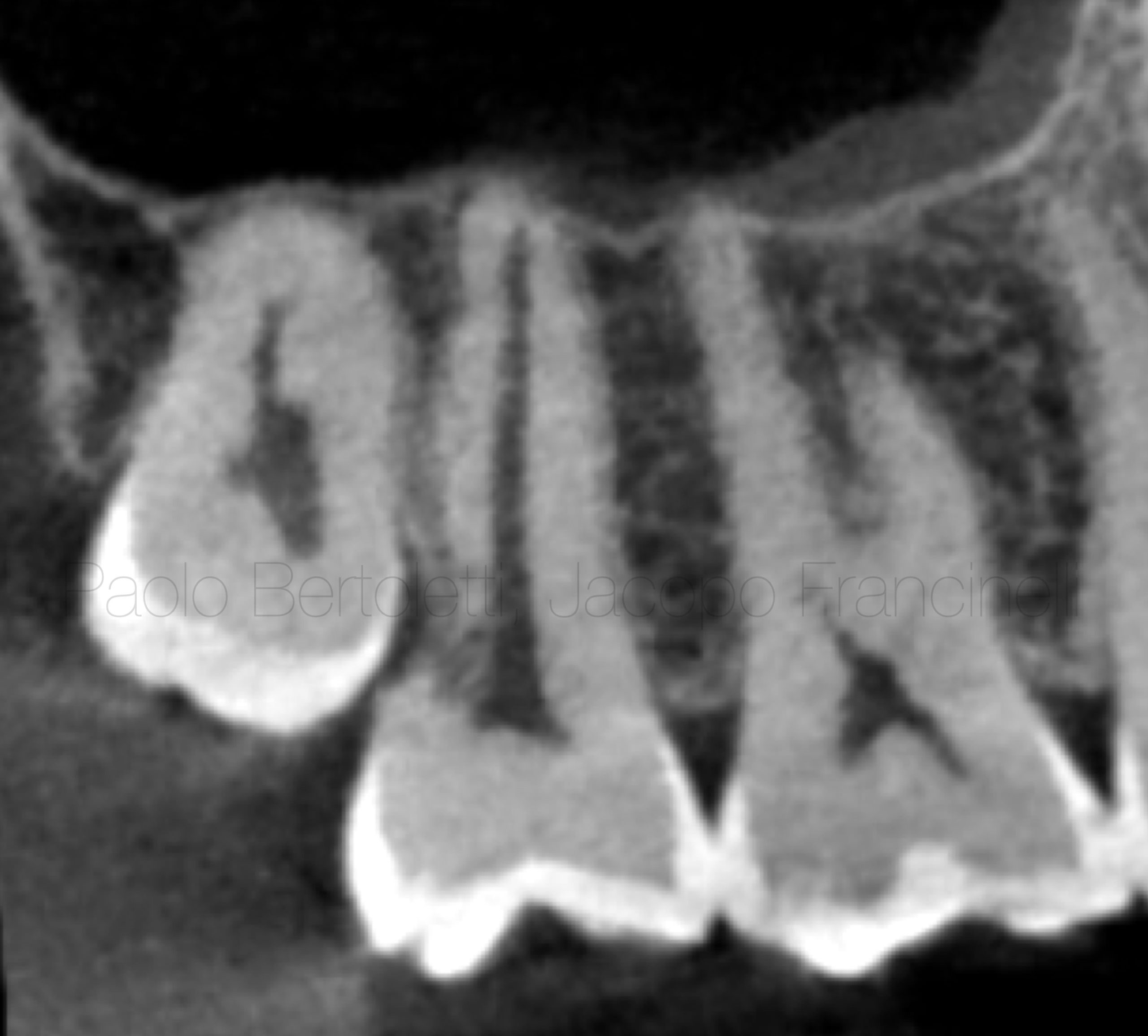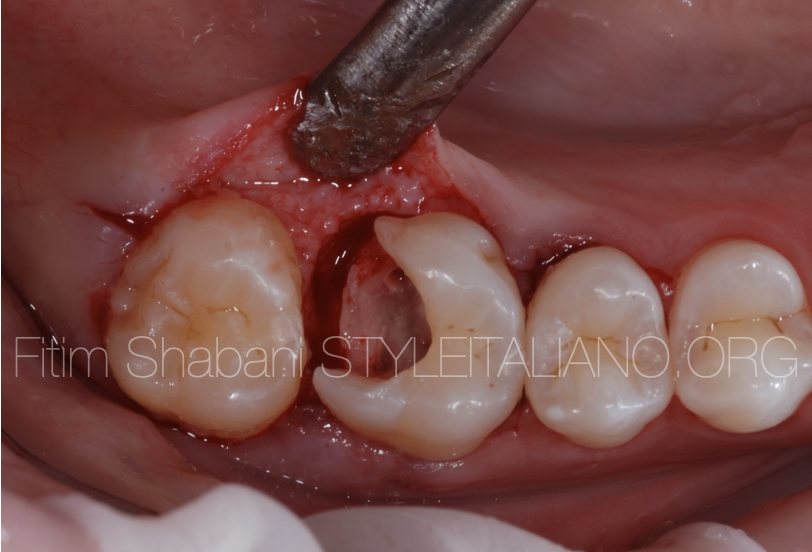
Diagnosis and treatment of External Root Resorption: a case report
25/01/2025
João Meirinhos
Warning: Undefined variable $post in /var/www/vhosts/styleitaliano-endodontics.org/endodontics.styleitaliano.org/wp-content/plugins/oxygen/component-framework/components/classes/code-block.class.php(133) : eval()'d code on line 2
Warning: Attempt to read property "ID" on null in /var/www/vhosts/styleitaliano-endodontics.org/endodontics.styleitaliano.org/wp-content/plugins/oxygen/component-framework/components/classes/code-block.class.php(133) : eval()'d code on line 2
The loss of hard tissue as a result of clastic activity is classified as root resorption (RR). RR can be classified as internal or external depending on its relationship with the tooth surface. External root resorption is classified as:
inflammatory external root resorption (IERR)
surface, replacement, invasive cervical resorption (RCI)
transient apical breakdown (TAB)
IERR and RCI are the most common and, as a rule, require a therapeutic approach. The main etiologies of IERR are trauma, apical periodontitis and orthodontic treatment. RCI's etiologies are trauma, internal whitening, periodontal treatment and orthodontic treatment.

Fig. 1
With the clinical and radiographic examination, complemented with CBCT, the following were diagnosed: Pulp Necrosis; Asymptomatic Apical Periodontitis; RCI.

Fig. 2
After the flap , the granulation tissue was removed, 90% trichloroacetic acid was applied.

Fig. 3
Non-surgical endodontic treatment was then performed under the use of surgical microscope.
The canals were scouted with 10k and 15k stainless-steel hand files (K- File, Dentsply Maillefer, Switzerland). To determine the working length, the electronic apex locator Root ZX (Morita Corp. Tokyo. Japan) was also used. All the canals were shaped with Reciproc files (r25, r40) (VDW, Germany) according to the manufacturer’s instructions.
Copious irrigation with 5mL syringe and a 27G notched needle (CanalPro Slotted-End Tips, Coltene, Henry Schein, Australia) with 5,25% sodium hypochlorite (Denta Flux, J. Ripoll SL, Spain) was done all throughout the endodontic treatment. The canals were dried with paper points (Zipperer, VDW, Munich, Germany).
The canals were filled with gutta-percha and resin sealer (AH plus, Dentsply Tulsa Dental, USA) with a continuous wave of obturation technique with the B&L system (Biotech, USA).

Fig. 4
The tooth was completely instrumented, disinfected, filled with gutta percha, the defect was restored directly with composite resin and subsequent suturing.

Fig. 5
At 12 months: resolution of symptoms, stabilization of resorption and periodontal tissues.
Conclusions
Root resorption is characterized by the loss of hard tooth tissue. When there is damage to the protective layer of pre-dentin or pre-cement, pulpal or periodontium inflammation triggers a resorption process. When diagnosed and treated in a timely manner, root resorption has a good prognosis. The use of CBCT is an important diagnostic and planning tool.
Bibliography
- The Heithersay classification for ECR. From Heithersay GS. Invasive cervical resorption: An analysis of potential predisposing factors. Quintessence International. 1999;30:83-95.
- Martin Trope: Root Resorption due to dental trauma, Endodontic Topics 2002; 1: 1601-1538
- Patel S, Pitt Ford T. Is the resorption external or internal? Dental Update 2007;34: 218–29.
- Shanon Patel, Shalini Kanagasingam, Thomas Pitt Ford: External Cervical Resorption: A Review, JOE 2009; 35(5): 616-625
- Senem Ygit Özer: Diagnosis and Treatment Modalities of Internal and External Cervical Root Resorptions: Review of the Literature with Case Reports, Int Dent Rest 2011; 1: 32-37




